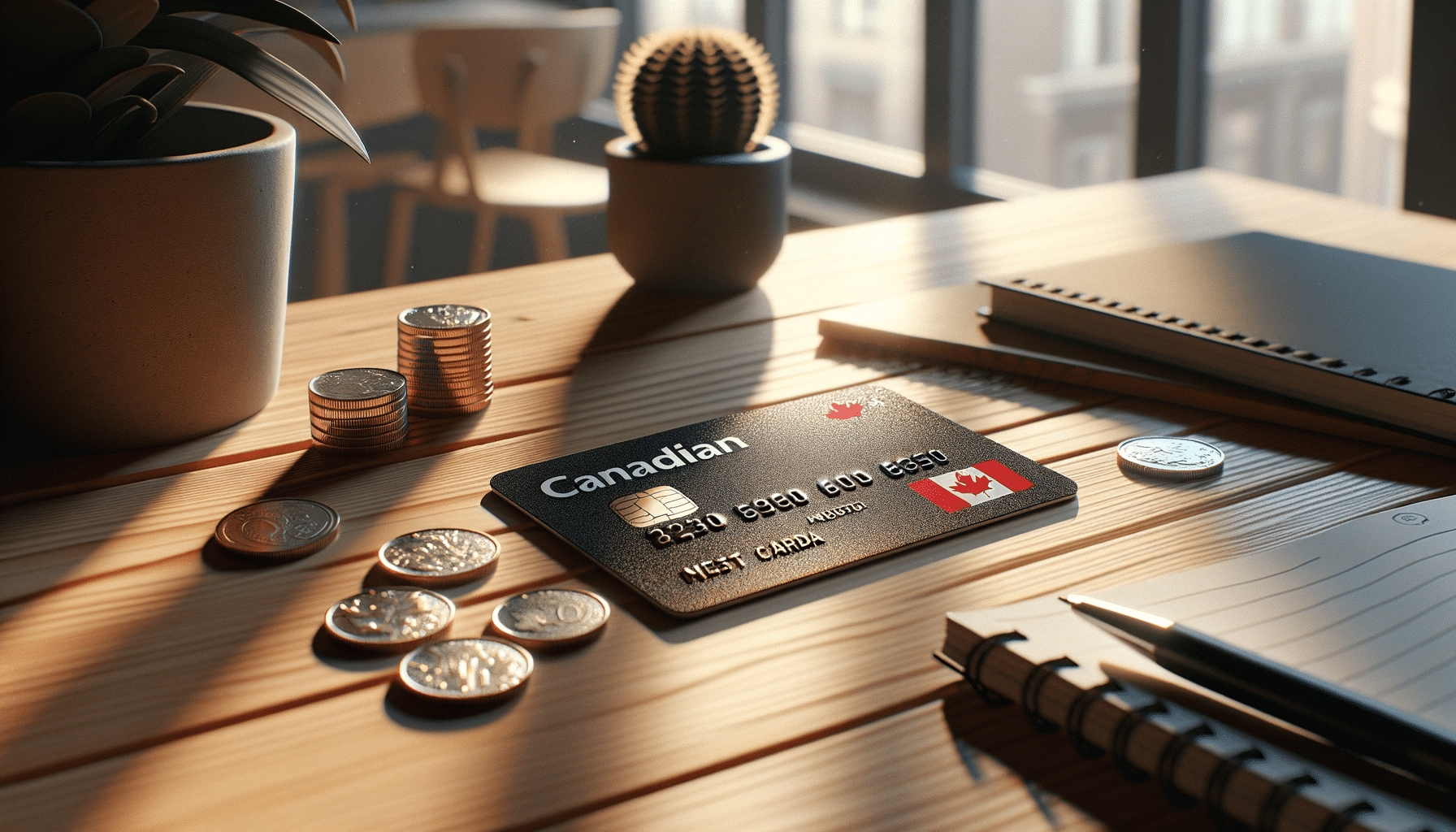
Professional Flooring Installation Services
Introduction to Flooring Installation
Flooring installation is a critical component of any construction or renovation project. Whether you’re designing a new home, updating an office, or refurbishing a commercial space, the type of flooring you choose can significantly impact the aesthetic and functionality of the environment. Professional flooring installation services offer expertise in selecting materials, ensuring precise installation, and providing maintenance advice to extend the life of your floors. This article will explore the nuances of flooring installation, helping you make informed decisions for your next project.
Types of Flooring Materials
When considering flooring options, it’s essential to understand the variety of materials available. Each type offers unique benefits and considerations. Here are some popular choices:
- Hardwood: Known for its timeless appeal and durability, hardwood flooring comes in various types like oak, maple, and cherry. It adds warmth and elegance to any space.
- Laminate: A cost-effective alternative to hardwood, laminate mimics the appearance of wood but is easier to maintain and more resistant to scratches.
- Carpet: Providing comfort and insulation, carpet is ideal for bedrooms and living areas. It comes in a range of textures and colors to suit different styles.
- Tile: Perfect for areas prone to moisture, such as bathrooms and kitchens, tile flooring is durable and easy to clean. Options include ceramic, porcelain, and stone.
- Vinyl: Versatile and budget-friendly, vinyl flooring is available in various designs, including those that mimic wood and stone. It’s known for its water resistance and ease of installation.
Choosing the right material involves considering factors such as the room’s purpose, foot traffic, and maintenance requirements.
The Flooring Installation Process
Professional flooring installation involves several steps to ensure a perfect fit and finish. Here’s a breakdown of the typical process:
- Preparation: This involves removing old flooring, cleaning the subfloor, and addressing any issues like uneven surfaces or moisture problems.
- Measurement and Layout: Accurate measurements are critical to minimizing waste and ensuring a seamless look. Installers plan the layout to avoid awkward cuts and ensure a balanced appearance.
- Installation: Depending on the material, this step includes laying down underlayment, arranging the flooring pieces, and securing them in place. Techniques vary for each material type.
- Finishing: After installation, professionals will add finishing touches like trim and molding. They also clean the area and conduct a final inspection to ensure quality.
Engaging with a professional service ensures each step is handled with precision, resulting in a durable and aesthetically pleasing floor.
Benefits of Professional Flooring Installation
Hiring experts for flooring installation comes with numerous advantages:
- Expertise: Professionals bring knowledge of the latest industry trends, materials, and installation techniques, which can enhance the outcome of your project.
- Efficiency: With experience, installers can complete the job more quickly and with fewer errors than DIY attempts, saving you time and potential costs from mistakes.
- Quality Assurance: Professional services often include warranties or guarantees, providing peace of mind that your investment is protected.
- Customization: Experts can offer tailored solutions to meet specific needs, including custom designs or unique material combinations.
Investing in professional installation not only improves the final look of your floors but also extends their lifespan, making it a cost-effective choice in the long run.
Maintaining Your Flooring
After installation, maintaining your floors is crucial to preserving their appearance and functionality. Here are some tips for different flooring types:
- Hardwood: Regularly sweep and use a damp mop with a wood cleaner. Avoid excessive water and harsh chemicals.
- Laminate: Clean with a dry mop or vacuum. Use a damp cloth for spills and avoid water pooling.
- Carpet: Vacuum frequently and treat stains immediately. Professional cleaning every 12-18 months can help maintain its texture and color.
- Tile: Sweep or vacuum regularly and mop with a mild detergent. Seal grout lines to prevent staining.
- Vinyl: Sweep or vacuum to remove debris. Use a damp mop with a vinyl cleaner for deeper cleaning.
Consistent care will ensure your floors remain beautiful and functional for years to come.


